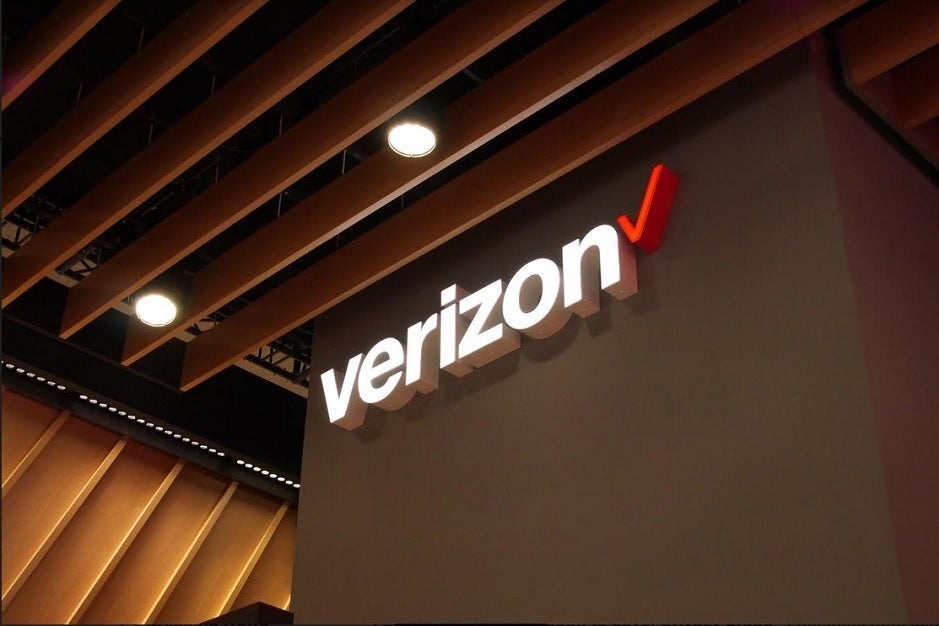Verizon reports 429,000 net new postpaid phone additions during Q3

Verizon Wireless, the nation's largest wireless carrier, announced its third-quarter earnings this afternoon after the stock market's 4 pm EDT close. One important metric showed that more than 25% of the carrier's customers are sporting 5G capable phones. Since you can't access a 5G signal without a 5G phone, that is an important figure to watch as Verizon seeks to widen the coverage of its Ultra Wideband 5G service which uses the fastest high-band mmWave spectrum.
Verizon added 429,000 postpaid phone net additions during the third quarter
Revenue for Verizon Wireless totaled $17.1 billion for the three months that ended in September. $14 billion of that gross came from consumers, up 4% on an annual basis. Business-related wireless gross was $3.1 billion, up 3.6% year-over-year.
Verizon Chairman and CEO Hans Vestberg said, "We had a strong third quarter, delivering on our strategy and growing in multiple areas. Our disciplined strategy execution demonstrated growth in 5G adoption, broadband subscribers and business applications. We are increasing our 2021 guidance, and we continue to expand our 4G LTE and 5G network leadership. We fully expect to have a strong finish to the year as we accelerate deployment of 5G to our customers across the country."
For the quarter, Verizon reported net additions of 423,000 retail postpaid customers in the consumer segment. 267,000 of the net additions were for phones while 223,000 of the net additions were for connected devices. This number was partially offset by a net decline of 67,000 in tablets. Consumer's phone net additions were higher during the third quarter of 2021 than the numbers reported for both the third quarter of 2020 and 2019.

Verizon's wireless business reported a 3.9% revenue gain on an annual basis for the third quarter
Verizon's Business segment reported 276,000 wireless retail postpaid net additions during the third-quarter of 2021. Of that figure, 162,000 were phone net additions. Overall, Verizon had 699,000 postpaid net additions and 429,000 postpaid phone net additions. Phone net additions rose 51% year-over-year and Verizon now has 122 million total retail connections.
Consumer wireless retail postpaid churn was .84% during the quarter and wireless retail postpaid phone churn was 0.67% during the period. In the Business sector, wireless retail postpaid churn was 1.29 percent in third-quarter 2021, and wireless retail postpaid phone churn was 1.04 percent. Overall wireless postpaid churn was .94% and overall wireless postpaid phone churn was .74%
For the full year, Verizon sees revenue growth of 4% which is at the higher end of its 3.5% to 4% range. For 2021, Verizon expects to have spent $17.5 billion to $18.5 billion in capital spending which includes expanding 5G mmWave capabilities in new and existing markets, and the densification of the 4G LTE wireless network to manage future traffic demands. Verizon will also be spending money to deploy the mid-band C-band spectrum it spent $45 billion on for 3,500 licenses earlier this year during an FCC auction.
Verizon continues to slowly expand coverage of its fastest Ultra Wideband mmWave 5G network
Verizon CFO Matt Ellis said, "Verizon reported another quarter of strong financial and operating performance. We are seeing strong demand for connectivity across our Consumer and Business segments as our Mix and Match and Business Unlimited value propositions, network quality and unique partnerships are resonating with both new and existing customers. We grew revenue in the quarter, achieved solid cash flow, completed the sale of Verizon Media and increased the dividend for a 15th consecutive year."
Verizon continues to slowly build out its Ultra Wideband mmWave 5G network. While these high-band signals don't travel great distances and penetrate structures well, they do deliver the fastest 5G download data speeds. The carrier is using Dynamic Spectrum Sharing (DSS) which allows 4G and 5G to co-exist on the same frequency.
DSS delivers the low-band coverage that Verizon needs to cover the country with 5G, low-band 5G signals that do travel far and can penetrate structures easily. The only issue is that low-band 5G delivers download speeds that just beat out 4G LTE. Verizon's purchase of C-band licenses gives it the mid-band spectrum it needs to flesh out its 5G network.










Things that are NOT allowed: